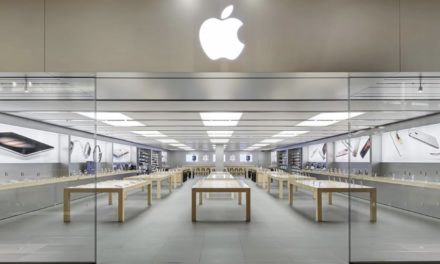“Consumer Reports” is advising people to hold off buying the iPhone 4 from Verizon Wireless next month, saying the device they’ll be getting is a middle-aged smartphone that Apple will likely replace in the summer with a new generation (the expected iPhone 5). In an online blog (), “CR” says you do take the plunge with the first model, here’s what you may be facing for the next two years:
“No 4G. At this year’s CES, it became very clear that 4G networks, which promise data connections up to 10 times faster than 3G and dramatically smoother video streams, represent the future of mobile technology. And any smart phone that doesn’t have this capability will get old fast.
“True, Verizon’s fledgling 4G LTE currently reaches only 38 markets (an estimated 100 million people), but this desirable service is expanding quickly—Verizon promises to reach 200 million people by the end of 2011). More important: You can’t upgrade phones to support Verizon’s LTE network.
“A slowish processor. The iPhone 4’s 1GHz A4 processor may have seemed fast back in July, but the new word on speed are chips that pair two 1GHz processors working in tandem. These “dual-core” processors, such as the one on the upcoming Motorola Droid Bionic (Verizon) and the Samsung Motorola Atrix (AT&T), not only help the phone operate much faster, but also allow it to run more advanced Web browsers for a desktop-like experience.
“A smallish screen. The iPhone’s 3.5-inch Retina display is sharpest we’ve seen on any phone, but it now it has serious competition from gorgeous screens that are 4 inches and wider, such as the Super AMOLED displays on Samsung’s Galaxy line of smart phones. The upcoming Samsung 4G LTE I previewed at CES promises even better performance in bright sunlight.
“Can Verizon handle it? AT&T has often implied that heavy data users (a.k.a., iPhone users) are at least partially to blame for the carrier’s frequent network outages and slowdowns. As a precaution, AT&T blocks or curtails features other smart-phone users take for granted, such as multimedia messaging, Wi-Fi tethering, and more recently, video chats over the network.”



